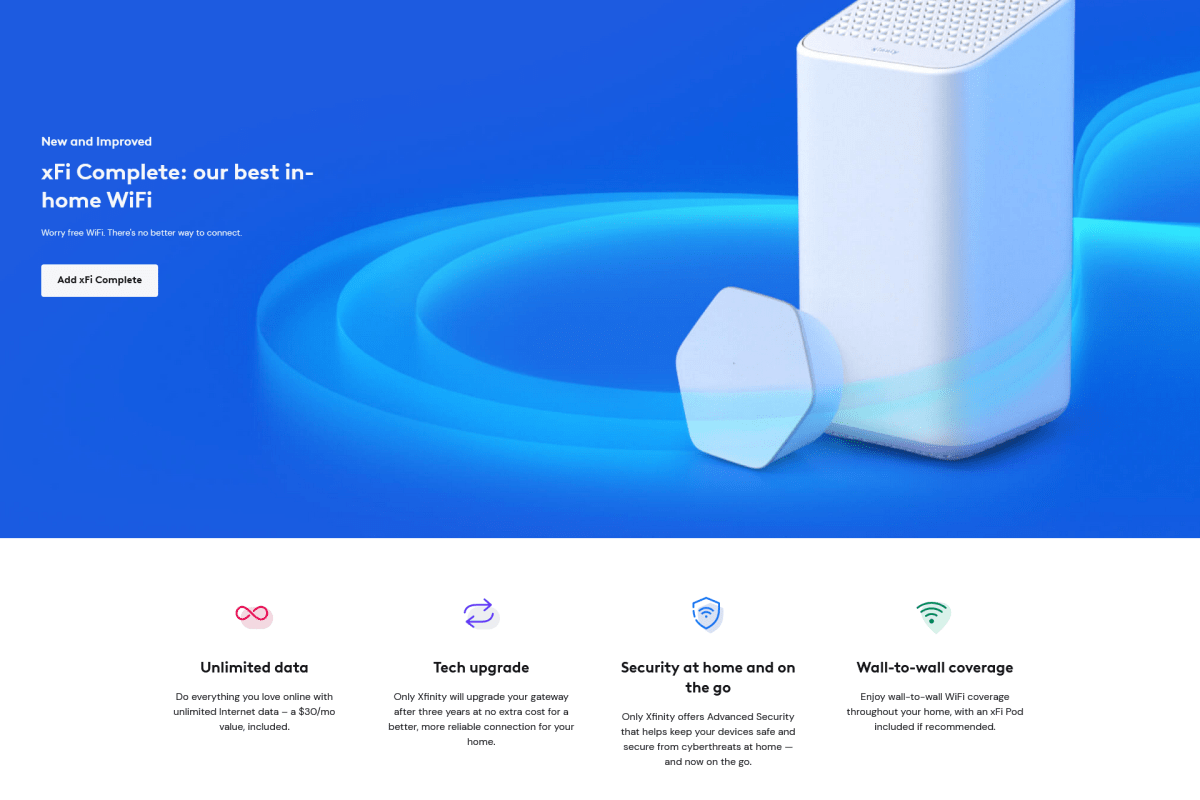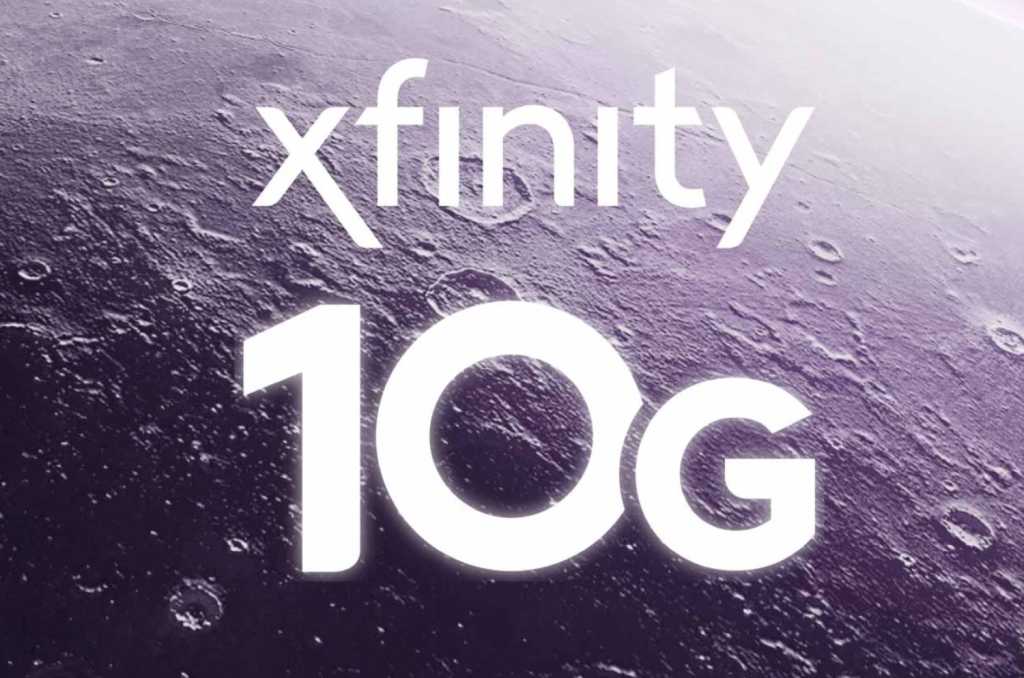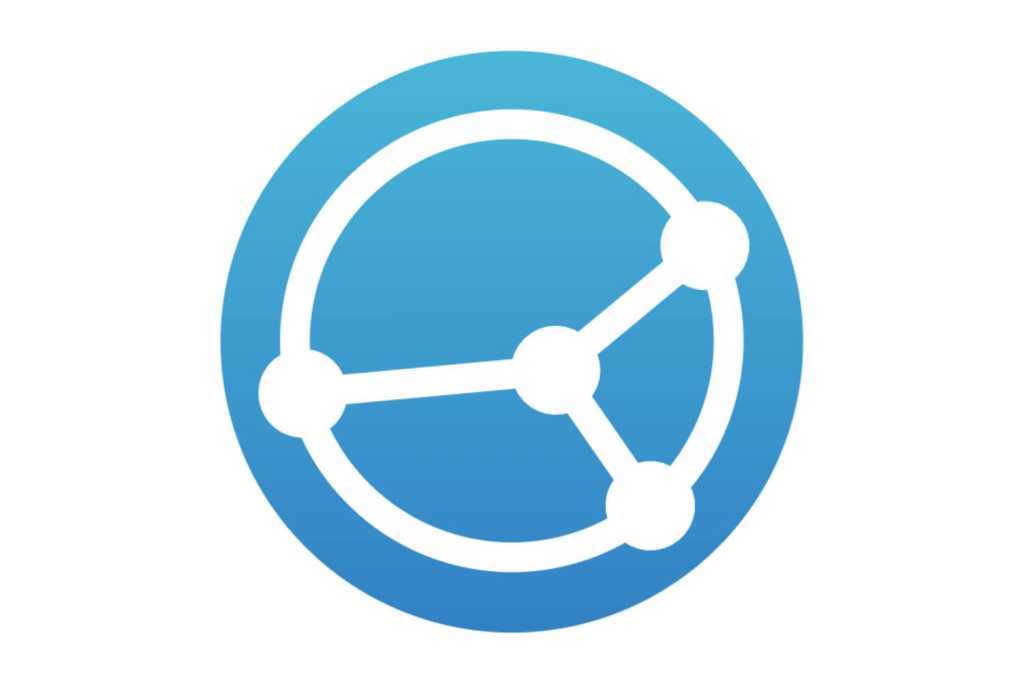You’ve likely seen ads for Comcast’s “10G” Xfinity network, and if you’re like most people, you might assume it’s related to 5G cellular technology. However, Comcast’s marketing is intentionally misleading. “10G” in this context refers to 10 gigabits per second (Gbps), the maximum theoretical speed of their broadband network. It’s cable internet for your home, not a cellular connection for your phone.
Comcast’s “10G” branding leverages confusion with 5G cellular standards. While “G” stands for “generation” in mobile networks (like 3G, 4G, and 5G), Comcast’s “10G” simply denotes speed. This tactic is potentially deceptive, as many consumers might believe “10G” represents a superior technology to 5G.
Ironically, 5G actually boasts higher theoretical speeds than Comcast’s “10G” network. 5G can reach up to 20Gbps download and 10Gbps upload, while Xfinity tops out at 10Gbps for both.
 Comcast xFi Complete splash pageComcast requires its $30/month xFi Complete add-on for access to faster upload speeds.
Comcast xFi Complete splash pageComcast requires its $30/month xFi Complete add-on for access to faster upload speeds.
In real-world usage, Comcast’s wired connection might often outperform 5G due to factors like congestion and signal strength affecting cellular performance. Current 5G speeds typically range from 3Gbps to 10Gbps. However, Comcast’s marketing prematurely celebrates their “10G” capability, as most customers’ best available plan offers only 1Gbps download and a significantly slower 35Mbps upload speed. Faster upload speeds are gradually becoming available, but they require subscribing to the $30/month xFi Complete add-on, which bundles unlimited data and other features.
Comcast’s “10G” claims should be viewed with skepticism. Comparing “10G” and 5G is like comparing apples and oranges; they are fundamentally different technologies. While other companies like AT&T might have irritating ad campaigns, their messaging is at least less prone to misinterpretation.
In conclusion, Comcast’s “10G” branding is a marketing tactic designed to create an association with 5G and imply superior performance. In reality, “10G” simply refers to the theoretical maximum speed of their cable internet service, which is currently not widely accessible to most customers. Don’t be fooled by the name.











